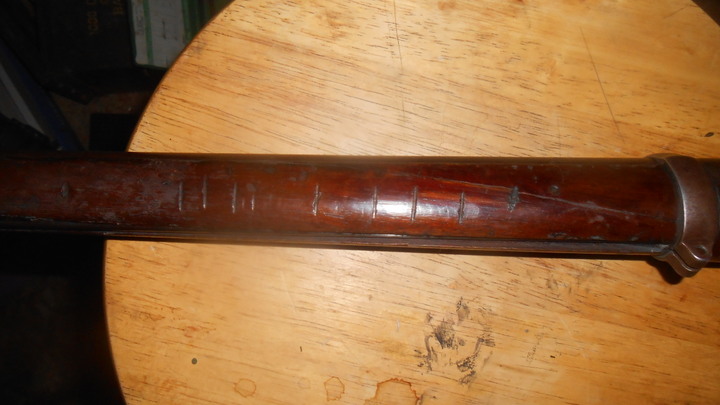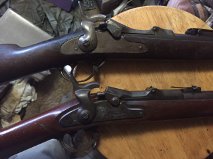"...the rationale of the day..." Was that the officers didn't trust the men serving under them. Wasn't just in the U.S. Army either. Officers were educated and aristocrats in most armies, the U.S. Army included. And a lot of the troopies chasing Indians were ex-Confederates. With a bunch of black troopies as well. The wealthy didn't trust any of 'em.
And the Generals were still thinking in terms of Napoleonic tactics. Even as late as W.W. I, the PBI's job was to break the enemy's line for the cavalry to rush through and exploit the break through.
"...changing to a new round was deemed excessive..." There was literally billions of M1906 rounds(over 2 billion rounds) left over from W.W. I. Wasn't until 1936 that it began to run out.
"...the likelihood of this actually is..." Possible but impossible to prove. There are no records of stuff like that.
And the Generals were still thinking in terms of Napoleonic tactics. Even as late as W.W. I, the PBI's job was to break the enemy's line for the cavalry to rush through and exploit the break through.
"...changing to a new round was deemed excessive..." There was literally billions of M1906 rounds(over 2 billion rounds) left over from W.W. I. Wasn't until 1936 that it began to run out.
"...the likelihood of this actually is..." Possible but impossible to prove. There are no records of stuff like that.



